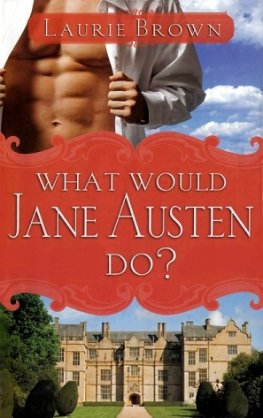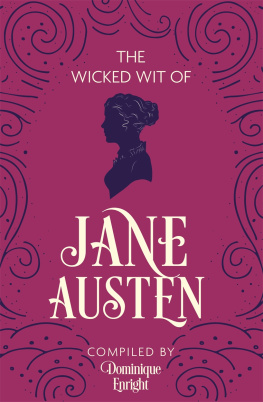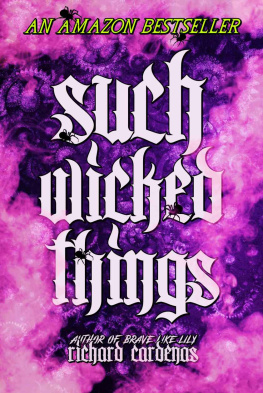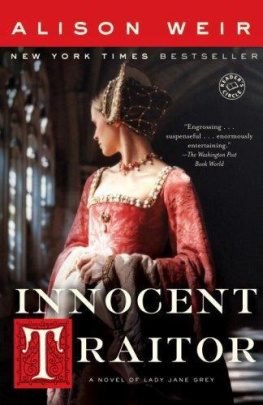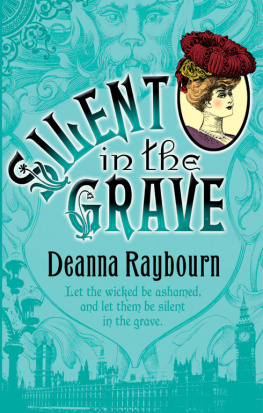THE SISTERS OF LADY JANE GREY
[Frontispiece
LADY KATHERINE GREY
(From the original painting, by an unknown artist, in the possession of Mrs. Wright-Biddulph, bearing the following inscription:)
Now thus but like to change
And fade as dothe the flowre
Which springe and bloom full gay,
And wythrethe in one hour.
THE SISTERS OF
LADY JANE GREY
AND THEIR WICKED GRANDFATHER
BEING THE TRUE STORIES
OF THE STRANGE LIVES OF CHARLES BRANDON, DUKE OF
SUFFOLK, AND OF THE LADIES KATHERINE AND
MARY GREY, SISTERS OF LADY JANE GREY,
THE NINE-DAYS QUEEN
BY
RICHARD DAVEY
AUTHOR OF
THE SULTAN AND HIS SUBJECTS, THE PAGEANT OF LONDON,
AND THE NINE-DAYS QUEEN
WITH 14 ILLUSTRATIONS
LONDON
CHAPMAN AND HALL, Ltd.
1911
Richard Clay & Sons, Limited ,
BRUNSWICK STREET, STAMFORD STREET, S.E.
AND BUNGAY, SUFFOLK.
TO
THE MEMORY OF THE LATE
MAJOR MARTIN HUME
A GREAT HISTORIAN OF TUDOR TIMES
THIS BOOK IS DEDICATED BY A STUDENT OF
THE SAME PERIOD OF OUR
NATIONAL HISTORY
PREFACE
The strange adventures of the Ladies Katherine and Mary Grey, although they excited great interest at the time of their happening, and were of immense contemporary political importance, are now almost unknown, even to professed students of Elizabethan history. The sad fate of these unfortunate princesses has paled before that of their more famous sister, Lady Jane Grey, who, although the heroine of an appalling tragedy, was rather the victim of others than of her own actions. In a sense, she was merely a lay-figure, whereas her sisters, especially Lady Katherine, who played an active part on the stage of history at a later period of life, and possessed an unusually strong personality, were entirely swayed by the most interesting of human passionslove. Lady Katherine was literally done to death by her infatuation for the young Earl of Hertford, the eldest son of that Protector Somerset who suffered death under Edward VI. The feline cruelty with which Queen Elizabeth tormented Lady Katherine, after the clandestine marriage with her lover was revealed, called forth the freely expressed condemnation of Chief Secretary Cecil, who denounced his royal mistresss harshness in no measured terms.
It is said that Lady Willoughby dEresby, one of the faithful attendants on Katherine of Aragon, was so infuriated by Henry VIIIs courtship and marriage with Anne Boleyn, that she pronounced a terrible curse upon that wretched queen and the infant Elizabeth. If, through her intercession or incantations, she contrived to induce some evil spirit to inspire Henry VIII to make his famous but ill-considered Will, she certainly succeeded in adding very considerably to the discomfort of his celebrated daughter, who, during all her life, had to experience the consequences of an ill-judged testament, whereby Henry VIII, by passing over the legitimate claim to the succession, of his grandniece, Mary Queen of Scots, the descendant of his eldest sister, Margaret Tudor, widow of James IV of Scotland, in favour of the heirs of his youngest sister, Mary Tudor, Queen of France and Duchess of Suffolk, opened a very Pandoras box, full of more or less genuine claimants, after Elizabeths death, to the English Throne. The Spanish Ambassador enumerates a round dozen of these, all of whom, with the exception of Mary Stuart and Lady Katherine Grey, he describes as more or less incompetent place-seekers, not worth the butter on their bread, but who clamoured to obtain the queens recognition of what they believed to be their legal rights, and thereby added greatly to the general confusion. Of these claimants, Lady Katherine Grey was by far the most important, her right to the Crown being not only based on two Royal Willsthose of Henry VIII and Edward VIbut, moreover, ratified by a special Act of Parliament. She therefore played a more conspicuous part in the politics of the early years of Elizabeths reign than is generally known, and, as a matter of fact, was rarely out of the queens calculations. In the first year of her reign, Elizabeth, wishing to be on the best of terms with her young cousins, not only admitted them to her privy chamber, but went so far as to recognize Lady Katherine as her legitimate successor, and even proposed to adopt her, calling her, in public, her daughter. For all this, there was no love lost between the queen and the princess. Lady Katherine, who had been intimate with the Countess of Feria, an Englishwoman by birth, and a close friend of Queen Mary, was strongly prejudiced against the Princess Elizabeth, who, she had been assured, was no daughter of Henry VIII, but a mere result of Anne Boleyns intimacy with Smeaton the musician. Notwithstanding, therefore, the queens advances, on more than one occasion Lady Katherine Grey, according to Quadra, the Spanish Ambassador, answered Elizabeth disrespectfully. It was not, however, until after the news of the clandestine marriage between Lady Katherine Grey and the Earl of Hertford reached her majesty, that she began to persecute the wretched girl and her husband, by sending them to the Towernot, indeed, to dungeons damp and low, but to fairly comfortable apartments, worthy of their high station, for which the earl, at least, had to pay handsomely. When, thanks to the carelessness or connivance of Sir Edward Warner, the lieutenant, the offending couple were allowed occasionally to meet, and Lady Katherine eventually gave birth to two sons, Elizabeths fury knew no bounds, and the young mother had to undergo an awful and lifelong penance as the result of her imprudence. That Elizabeth had good cause to object to the introduction into this world of a male successor, became unpleasantly apparent some ten years later, when the two boys were put forward as claimants to her Throne, and thereby came very near involving England in an ugly civil war.
The misfortunes of her elder sister do not seem to have impressed Lady Mary Grey, on whom the Crown devolved, according to the Wills of Henry VIII and Edward VI, in the event of Lady Katherine dying without issue. She was a dwarf, and married secretly Mr. Thomas Keyes, the giant Sergeant-Porter of Whitehall Palace, who stood seven feet without his shoes. When Elizabeth received the news of this outrage on the part of the youngest of the sisters Grey, her resentment was truly dreadful, though her indignation, in this instance, was almost justifiable, since there is nothing a great sovereign dislikes more than that any members of the royal family should expose themselves to ridicule. Lady Mary, by her unequal marriage, had dragged the great name of Tudor into the mire, and had rendered herself the laughing-stock of Europe! Elizabeth adopted in this case the same unpleasant treatment which she had administered to the recalcitrant Lady Katherine; but, fortunately for the little Lady Mary, Mr. Keyes died of his torments, at an early stage of proceedings, and his widow, having promised never to repeat her offence, by re-marrying with an ordinary mortal, let alone with a dwarf or a giant, was permitted to spend the rest of her short life in peace and plenty.
The character of Elizabeth does not shine for its wisdom or kindliness in these pages; and some incidental information concerning the mysterious fate of Amy Robsart, Leicesters first wife, tends to prove that our Eliza was perfectly well aware of what was going on at Cumnor Hall, where, it will be remembered, the fair heroine of Scotts magnificent novel,



